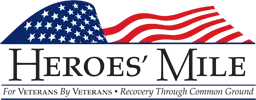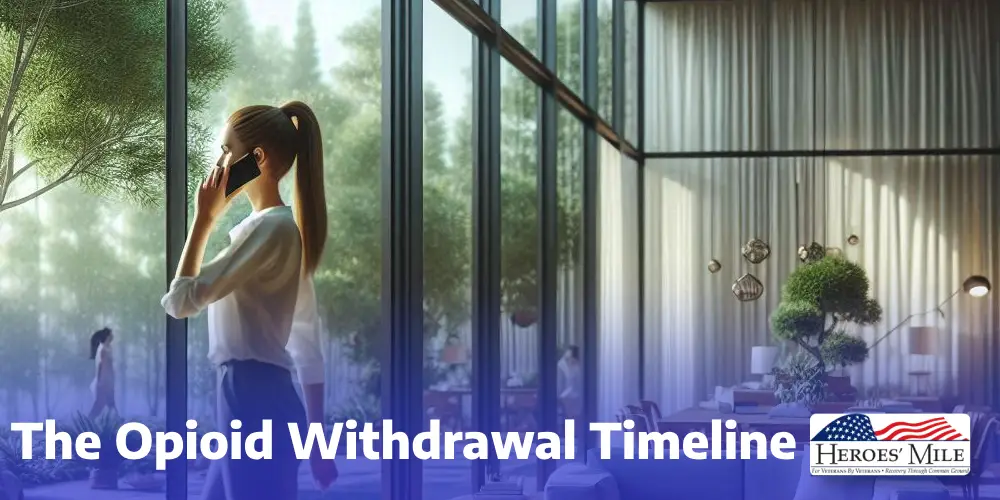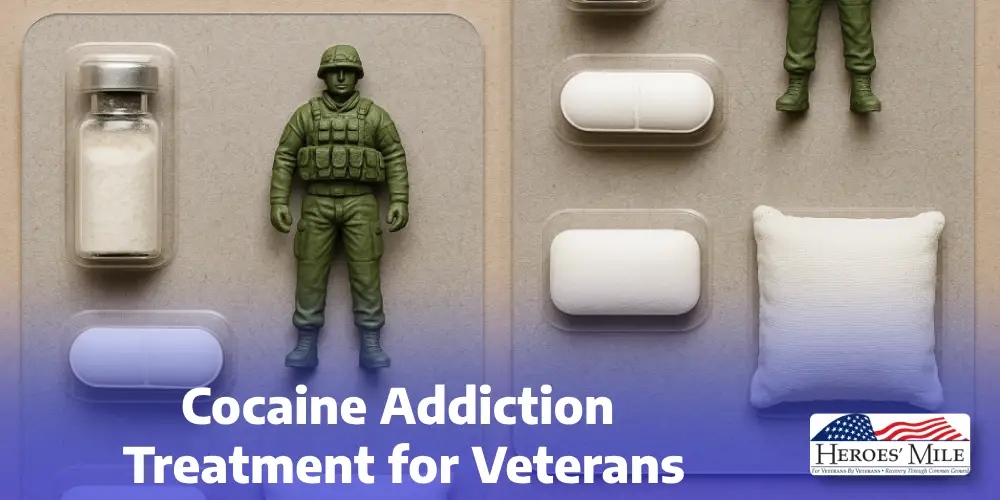You may be familiar with post-traumatic stress disorder (PTSD), but do you know what a PTSD attack is? This symptom affects the day-to-day life of people each year. If you’re struggling to cope with the symptoms of this mental health disorder, you may need trauma-informed care that addresses your experience with PTSD attacks. Keep reading to learn more about what they are and how you can stop them from taking over your life.
PTSD Attack: Symptoms of Post-Traumatic Stress Disorder
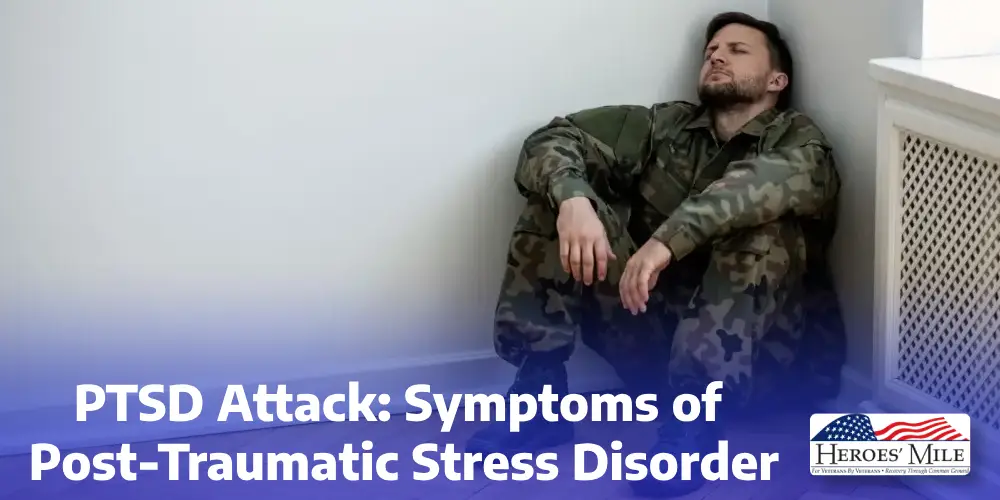
PTSD Attack: Symptoms of Post-Traumatic Stress Disorder
Before delving into PTSD attacks, it’s important to have a baseline understand of PTSD. PTSD is a type of anxiety disorder that develops as a result of a traumatic event. In some cases, you may experience symptoms of PTSD immediately after the event, but it’s not uncommon for delayed onset of symptoms. There are many causes of post-traumatic stress disorder, ranging from a violent car accident to medical malpractice. These situations can happen to anyone. But on top of these causes of PTSD, people can develop this disorder from unique experiences such as combat exposure, sustaining injuries in combat, and military sexual trauma.
There are many symptoms of PTSD, and they affect each individual differently. However, there are common symptoms that are consistently experienced by those that have it. These symptoms include:
- Intrusive thoughts and nightmares
- Flashbacks
- Avoidance
- Hyperarousal
- Feelings of shame or guilt
- Irritability and outbursts of anger
- Emotional dysregulation
- Loss of interest in hobbies
What Is a PTSD Attack?
Many common PTSD symptoms are present during a PTSD attack, but the difference is the intensity. PTSD attack symptoms are heightened and more overwhelming, making them comparable to panic attacks that characterize panic disorder. What makes PTSD attacks different from panic attacks is their association with reliving traumatic events. This can be a frightening experience as you relive these moments over and over again. But becoming familiar with what these attacks feel and look like is the first step in overcoming them.
Symptoms of a PTSD attack can include:
- Dizziness
- Chills
- Sweating
- Nausea
- Shortness of breath
- Racing heart
- Feeling out of control
- Feeling as if you’re going to die
Although these symptoms are not life-threatening, they often mimic symptoms of serious health problems such as heart attack, stroke, or asthma attack. As a result, you may become fearful that you’re in physical danger during a PTSD attack. This can intensify the attack and make it harder to calm down. The attacks may not last long, but they can interfere with your day-to-day life. You may feel stressed more often and struggle to leave the house to prevent having an attack somewhere you don’t feel safe.
Regularly feeling afraid and being unable to accomplish daily tasks can have a detrimental impact on your mental health and overall well-being. If you’re struggling to overcome these symptoms on your own, you may benefit from comprehensive treatment designed to address the complexities of mental health problems. You can talk to your doctor or a mental health professional at Heroes’ Mile to connect you to the best treatment plan according to your symptoms and recovery goals.
How Are PTSD Symptoms Different From a PTSD Attack?
The biggest difference between the symptoms of post-traumatic stress disorder and a PTSD attack is how they present. With that said, symptoms of post-traumatic stress disorder are ongoing. Therefore, you will experience these symptoms over time, but they can vary in severity and regularity. These symptoms are persistent and can last for any length of time.
On the other hand, a PTSD attack is considered an acute issue, similar to a panic attack. As mentioned, the physical symptoms mirror biological health conditions such as a heart attack or stroke. Not everyone who has post-traumatic stress disorder experiences them, and those who do can experience them irregularly. Moreover, the symptoms typically last from minutes to hours before subsiding.
Despite their differences, it’s essential to seek help for any of your PTSD symptoms. Whether you are experiencing symptoms for the first time or you have been silently battling them for some time, it’s never too late to seek help. Additionally, people grappling with an addiction to mitigate difficult symptoms of post-traumatic stress disorder, such as PTSD attacks, can get the support and resources they need to recover at Heroes’ Mile.
Ways to Offset a PTSD Attack
The onset of a PTSD attack can be quick, but if you’re familiar with the warning signs you may be able to decrease the intensity of the attacks. Oftentimes, there are subtle signs that one is going to occur before the symptoms fully present themselves. Keep in mind that these methods don’t replace professional help, but these techniques are effective in managing PTSD attacks in addition to symptoms of panic attacks and addiction triggers.
Relieving the traumatic event can cause you to lose the connection between yourself and your surroundings. This can be just as scary as the flashback itself, making it more difficult to come back to the present. In this situation, grounding techniques can help you prevent a full-blown PTSD attack. Some techniques to help you manage common symptoms of post-traumatic stress disorder include:
- Identifying objects in your environment according to what you see, hear, touch, smell, and taste
- Moving around to disrupt your body’s stress response
- Breathing exercises
You can also involve trusted family and friends to help you stay grounded during a PTSD attack. Having the support of those you love can make it easier to cope with difficult symptoms. However, if these techniques no longer help or you’re struggling with addiction as a result of your PTSD symptoms, it may be time to seek professional help.
How Treatment Can Help
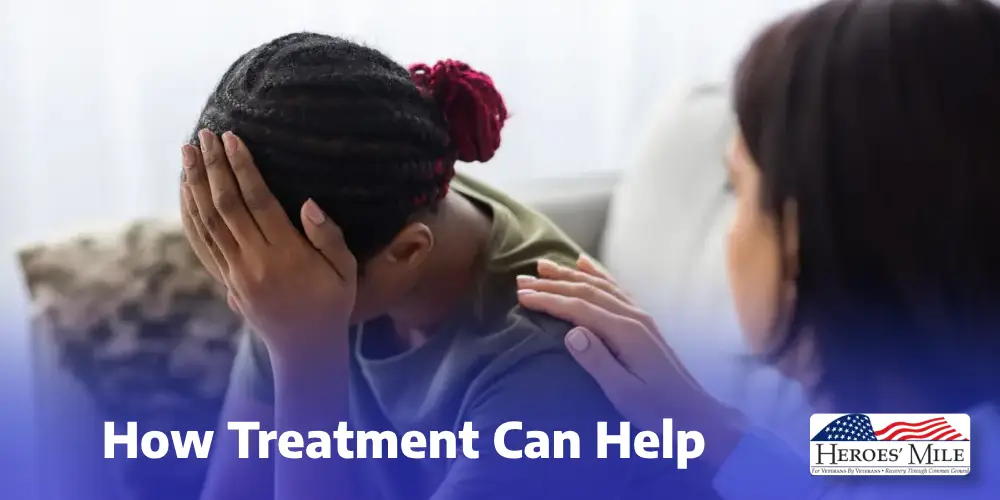
How Treatment Can Help
Although PTSD can’t be cured, there are ways to manage symptoms, including PTSD attacks, more manageable. Through a combination of evidence-based treatment options, you can get through the day without fear. Recovering from trauma takes time, but it’s not impossible when you have the necessary tools and a support system to guide you in the right direction.
Some treatment methods proven to be effective in learning how to cope with PTSD include:
- Cognitive behavioral therapy (CBT)
- Eye movement desensitization and reprocessing (EMDR) therapy
- Traumatic incident reduction (TIR) therapy
- Equine therapy
- Art therapy
- Group therapy
These therapeutic techniques help people process their trauma so they can move forward in their recovery one day at a time. Every treatment takes place in a safe and trigger-free environment for the most effective results. Residential treatment is especially beneficial. This program type is best suited for people in need of immersive care services as they take the first step in their recovery journey. People who have completed residential treatment or don’t require the same intensity can benefit from the intensive outpatient program or the partial hospitalization program.
All of these treatment programs provide people with the support they need to overcome daily obstacles as a result of PTSD and addiction. From learning how to stay grounded when faced with a trigger to expressing yourself physically, you can begin to take your life back from trauma.
Start Managing Your PTSD Today
Now that you know more about what a PTSD attack is and where you can get help, you can better manage them for the future. Your trauma doesn’t define you. That’s why Heroes’ Mile provides a safe, judgment-free environment for people ready to overcome their trauma and start their recovery journey. For more information on how we can help you, reach out to our admissions office at 888-838-6692. Or you can fill out a confidential contact form online. It’s never too late to start living in the present.
Video
Understanding PTSD’s Effects on Brain, Body, and Emotions – TED Talk
PTSD disrupts the lives of average individuals as well as combat veterans who have served their country. The person experiencing the trauma often then impacts the lives of his/her family, friends, and workplaces. PTSD does not distinguish between race, age or gender and often goes undiagnosed. Even with proper diagnosis, many individuals do not know where to turn to get help. Society needs to understand the aftermath of trauma especially combat trauma and how to prepare for warriors when they return home.
News Audio
Ever felt so stressed you didn’t know what to do next? Try talking to your ‘parts’ – NPR
Some therapists say the popularity has gotten ahead of the evidence base and are calling for more research. There are several small studies showing IFS can benefit people with specific problems, including symptoms of PTSD and stress; the pain, discomfort and depression from living with rheumatoid arthritis; and depression. And more studies are underway.
FAQ
- What are the common signs of a PTSD attack?
PTSD attacks can include flashbacks, panic, rapid heartbeat, sweating, intrusive thoughts, and emotional distress triggered by past trauma. - How long does a PTSD attack typically last?
The duration varies, but a PTSD episode can last anywhere from a few minutes to several hours, depending on the severity of the trigger and coping mechanisms used. - What should I do if I think I’m having a PTSD attack?
Try grounding techniques, deep breathing, and focusing on your surroundings. If attacks are frequent or severe, seeking professional help from a behavioral hospital can be beneficial. - Can PTSD attacks happen without a known trigger?
Yes, while PTSD attacks are often triggered by specific memories or situations, they can sometimes occur unexpectedly due to subconscious associations. - How can professional treatment help with PTSD attacks?
Therapy, counseling, and treatment options like cognitive behavioral therapy (CBT) or medication can help manage PTSD symptoms and reduce the frequency of attacks.
.
